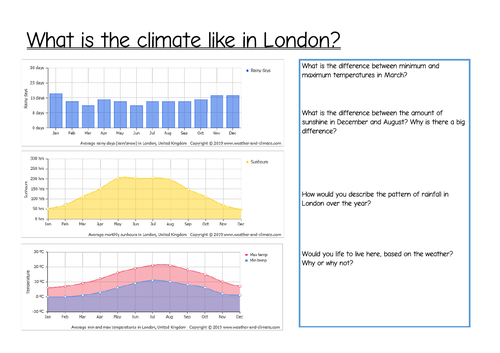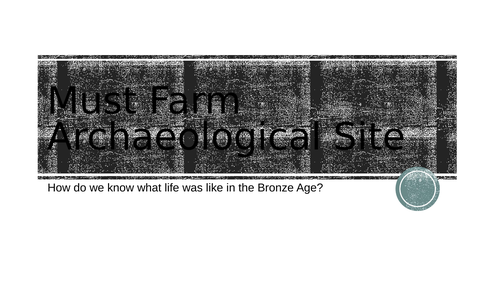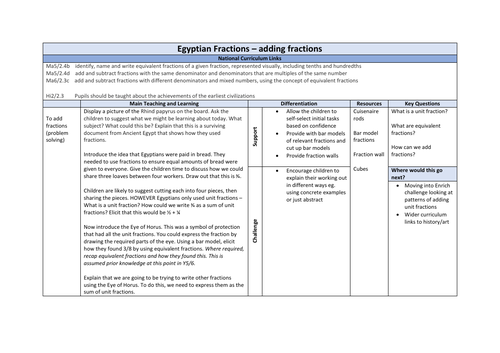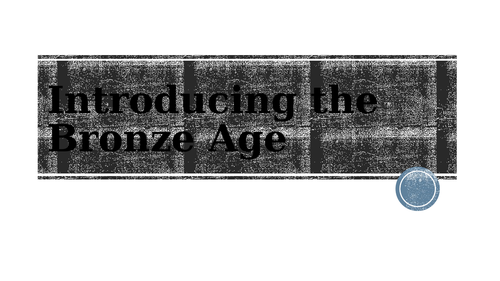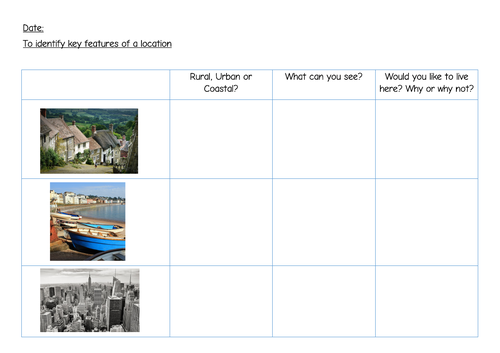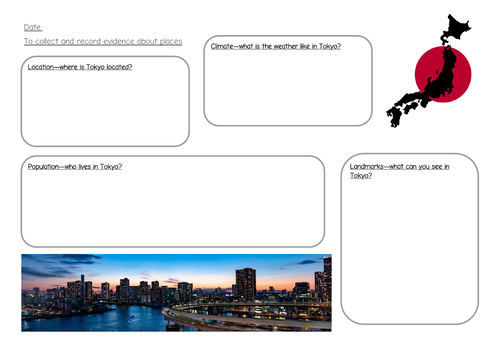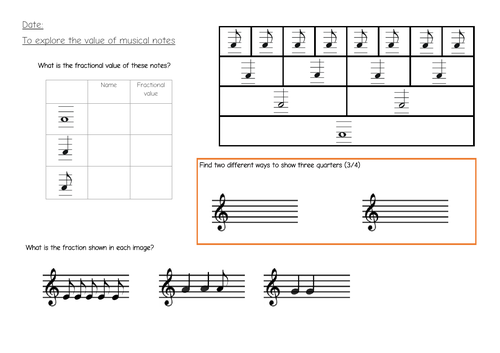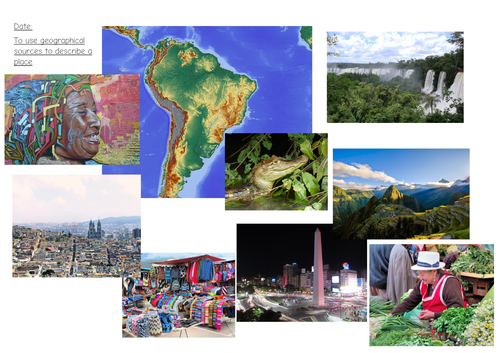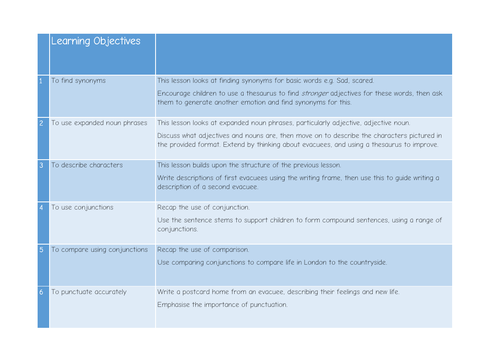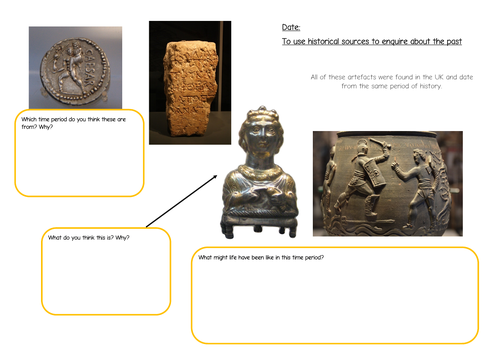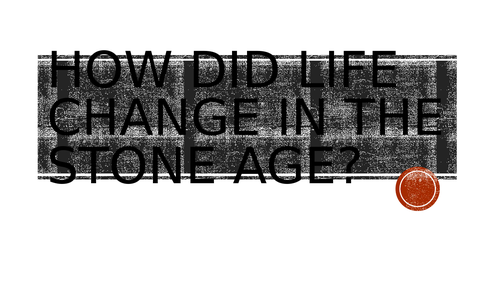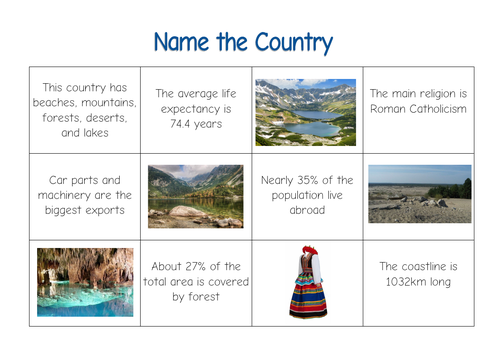37Uploads
69k+Views
47k+Downloads
All resources

Comparing European countries (Italy, UK, Poland)
A set of activities/worksheets to compare and contrast weather and climate in Italy, Poland and the UK. This involves interpretation of graphs and charts, some statistical work comparing data, as well as general geographical comparison and inquiry.
There are two sheets that compare Rome/UK, which would also fit into a topic on the Romans.

Bronze Age: Archaeology and artefacts
How do we know about the Bronze Age if there are no written records?
This presentation introduces the Must Farm Bronze Age discoveries, and the basic archaeology used to find artefacts from the past.
Ideally suited to Year3/4, this could also be adapted for UKS2. Would also fit into a local study on East Anglia/the fens.

Egyptians - Adding fractions KS2
A lesson looking at adding fractions and unit fractions, linked to the Egyptians.
Originally this was used in a mixed Y5/6 class to explore the concept of unit fractions, and adding fractions.
This includes a presentation, lesson plan and the worksheet used during this lesson. I have also included the fraction wall I used to support pupils. These can be cut up to help children understand the concept of adding unit fractions.

Geographical Enquiry - KS2 Romans
This is a lesson used to explore the question, “Why did Rome become the capital of the Empire?” It has links both to geography and history, and would be ideally suited to a topic on the Romans or on Italy the country.
Originally I used this in KS2. The main skills focus is on exploring how the physical features of a place affect human activity and economic growth.

Into to Bronze Age lesson: making bronze
A powerpoint introducing the Bronze Age and an accompanying set of differentiated activity sheets.
Ideally suited to LKS2 but could be used across the primary age range.

KS1 rural urban coastal
A PowerPoint and associated activities used during an “Our World” topic to introduce the concept of coastal, rural and urban.

Mindful moments - Complete set
My complete set of “mindful moments” worksheets.
Includes activities based on gratitude, kindness, being positive and managing worries.
Could be used in any age range, but originally used in KS2.

2020 Olmypics lessons
A series of presentations and activities I have made ready for the 2020 Olympics in Tokyo. I have designed these for Year 4, but they could be used with any KS2 or KS3 class if adapted.
Contains:
History of the Greek Olympics presentation
Historical/Geographical source work - “How have the Olympics changed?”
Powerpoint on Tokyo and how they got the games
Template to make a guidebook to Tokyo
Lesson worksheets about Tokyo
Presentation about Olympic medals
Bundle

Stone Age-Iron Age Pack
A pack of resources containing powerpoints, activities and worksheets about the Stone Age-Iron Age topic.
Includes artefact work, comparisons and links to archaeology. Supports historical enquiry and discussion.

KS2 - Music notes - fractions
A simple worksheet I have used to combine fractions with the notes on a stave.
Asks the children to add basic fractions in relation to the relative value of musical notes.

KS2 geographical enquiry South America
Originally used with Y4/5, this is a lesson prompt and two worksheets asking children to use a range of geographical images to describe a place.
The prompt sheet contains photos of places, wildlife and maps from various places in South America.

SEND/LA WW2 Description evacuation
A week of English activities linked to describing WW2 evacuees.
This unit of work was designed for a group of children working significantly below KS2 standards, so that they were able to successfully access work on the same topic as their peers.
Originally this was used in KS2, but this could also be relevant to SEND pupils in KS3.
An overview of the week is provided, as well as activities to complete.

Stone Age - historical source deduction
A simple worksheet to encourage children to ask questions about historical sources. Contains pictures of three artefacts/pictures from the Stone Age, and questions about them.
Have used with Year 3 but would also be suitable for KS2 or lower KS3.

KS2 Roman artefacts historical enquiry worksheet
A worksheet created to introduce the topic of the Romans in KS2. This asks children to look at several artefacts discovered in the UK and suggest what they might be. Encourages inference and deduction skills.
Would be a useful replacement for classrooms where actual Roman artefacts are not accessible.

Geography Italian food, agriculture, weather
A powerpoint and worksheet used as part of a topic on Italy/Romans, looking at the links between food, farming and climate. Children are asked to explore what the popular foods in Italy tell us about agriculture and climate.
Originally used in Year 4, but could be used with slightly older or younger children.

Life in the Stone Age - changes
A powerpoint and lesson activity exploring changes during the Stone Age period. This encourages children to explore the introduction of farming, and the wider impact this had on developing communities.
Ideally suited to KS2.

Geographical Enquiry - name the country
Included are five sets of cards, each describing a different country (Poland, Finland, Cuba, France and Romania)
Each set contains facts about the human and physical geography of each country, as well as photos of a variety of locations.
I use this as a starting activity to get children thinking about different countries around the world. They need to use their existing knowledge and atlases to identify the country.

